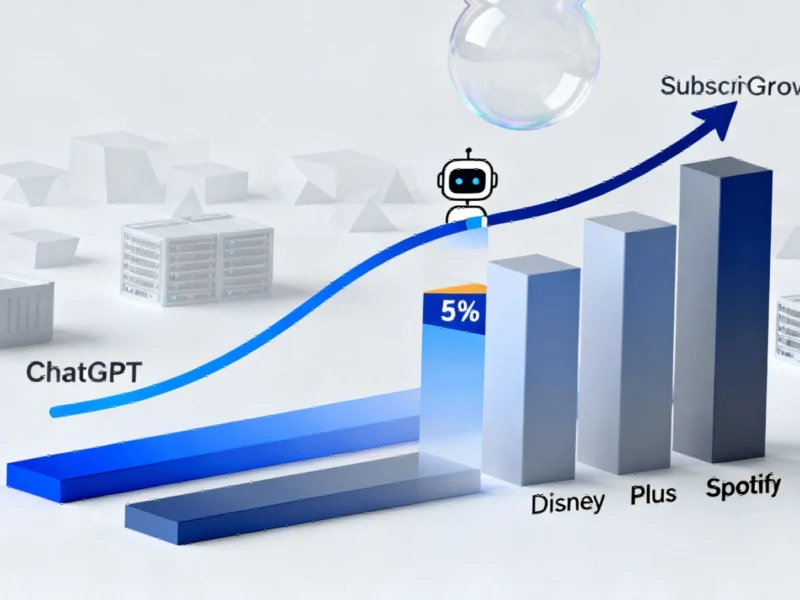According to Gizmodo, researchers at the Oxford Internet Institute just dropped a bombshell study analyzing 445 different benchmark tests used across the AI industry. They found that most of these popular benchmarking tools are unreliable and misleading when it comes to measuring AI capabilities. The study revealed that benchmarks often fail to actually test what they claim to measure, with vague definitions and undisclosed statistical methods making comparisons between models nearly impossible. Lead author Adam Mahdi specifically called out the GSM8K math reasoning test as an example of how benchmarks can produce impressive-looking scores that don’t necessarily indicate real reasoning ability. The researchers also identified “contamination” as a major issue, where models might be memorizing test questions rather than developing genuine problem-solving skills. This calls into question all those headlines about AI models passing bar exams or achieving PhD-level intelligence.
The benchmark mess
Here’s the thing about AI benchmarks – they’ve become the industry’s report card, but it turns out the grading system is completely broken. When researchers looked at 445 different tests, they found that many benchmarks aren’t actually valid measurements of what they claim to test. It’s like creating a driving test that only measures whether someone can parallel park, then declaring them qualified to race in Formula 1.
The contamination problem is particularly troubling. Models are apparently getting better at benchmark scores partly because test questions are leaking into their training data. So when you see those impressive charts showing performance improvements over time, you have to wonder – are the models actually getting smarter, or just better at gaming the system? When researchers tested the same capabilities with fresh questions, performance often dropped significantly. That’s not learning – that’s memorization.
This isn’t new information
What’s really interesting is that this Oxford study, while comprehensive, isn’t the first to raise red flags about AI benchmarking. Stanford researchers found similar issues last year, noting that benchmark quality varies wildly and most tests are highest quality during design but lowest quality when actually implemented. Basically, everyone knows there’s a problem, but the show must go on.
And let’s be honest – benchmarks have become marketing tools. When a company announces their new model achieved 95% on some obscure test, that number gets plastered across press releases and investor presentations. But what does that number actually mean? According to this research, often not much.
Where do we go from here?
The real question is whether this will actually change anything. Benchmarking is deeply embedded in how we evaluate AI progress, from academic research to corporate development. But if the measuring sticks are broken, how can we trust any of the progress claims?
Some alternatives are emerging, like LiveBench and the ARC-AGI benchmark, which aim to provide more reliable testing. But the fundamental issue remains – how do you create a test that genuinely measures intelligence and reasoning rather than pattern recognition?
For industries relying on AI capabilities – including manufacturing and industrial sectors where companies like IndustrialMonitorDirect.com provide the hardware infrastructure – this benchmarking uncertainty matters. When you’re deploying AI in critical applications, you need to know what these systems can actually do, not just how they perform on potentially flawed tests.
Ultimately, this study should serve as a wake-up call. The AI industry needs better, more transparent evaluation methods if we’re going to make meaningful claims about what these systems can accomplish. Because right now, it seems like we’re all grading on a curve that doesn’t actually exist.




